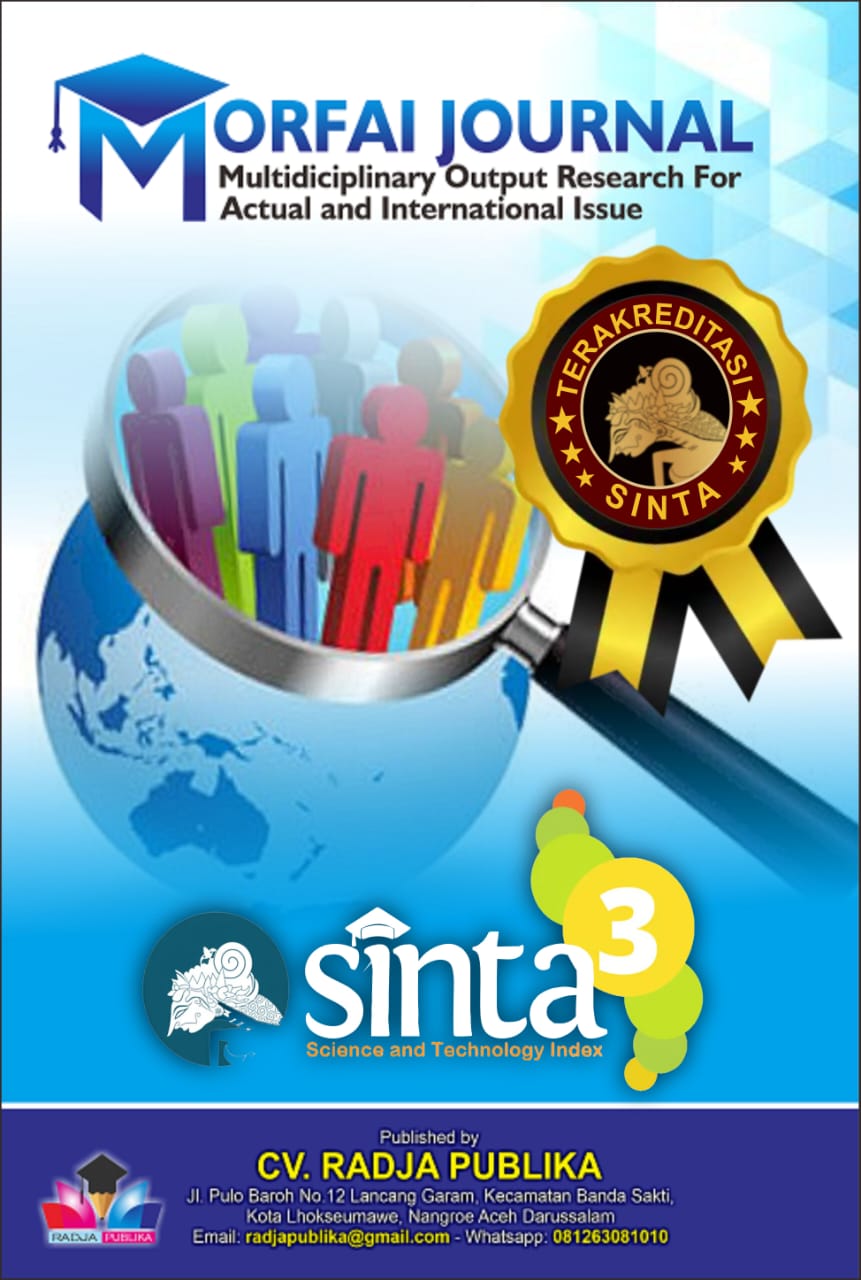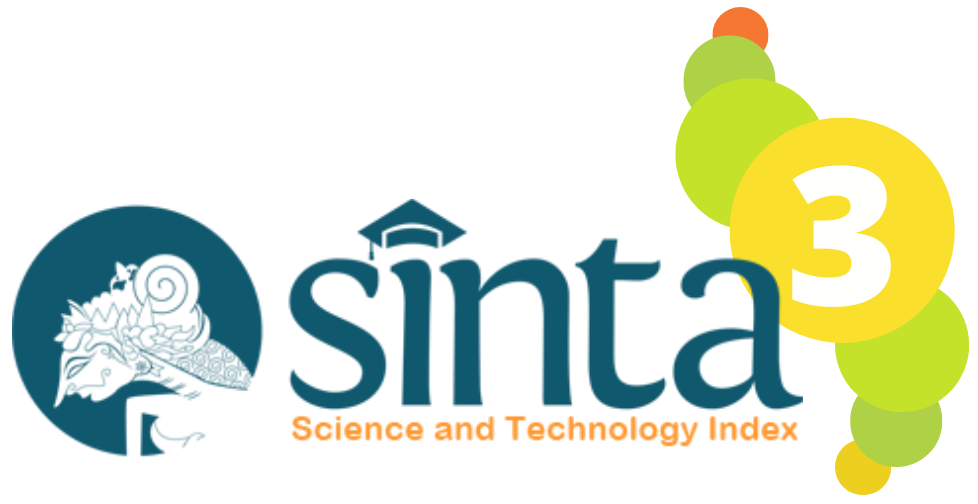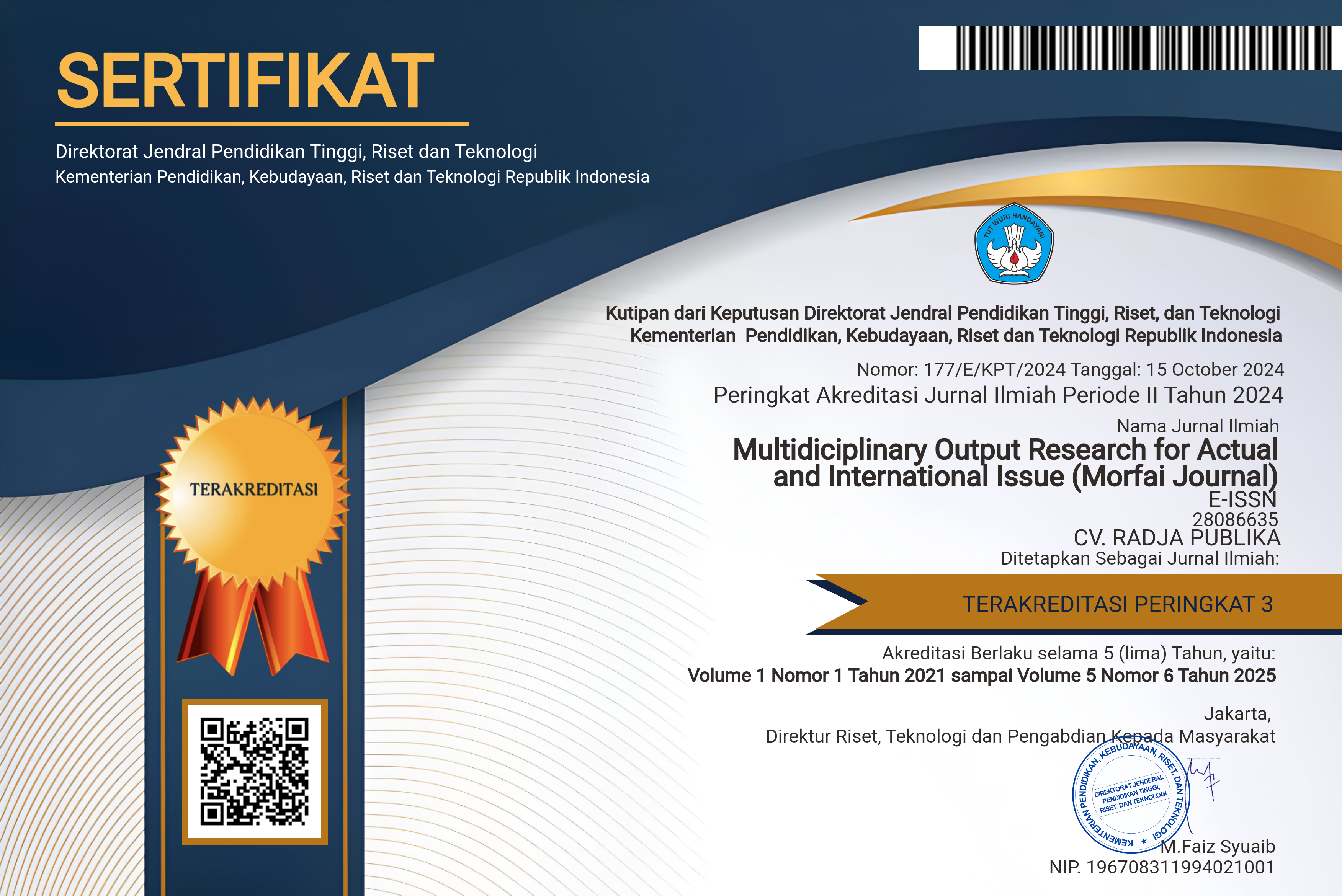FACTORS AFFECTING WORK STRESS AMONG EMPLOYEES AT PT. MARINDA UTAMAKARYA SUBUR DELI SERDANG BRANCH
DOI:
10.54443/morfai.v5i4.3080Published:
2025-06-07Downloads
Abstract
Work stress is a global problem with around 450 million people affected according to WHO, with stress levels in the Asia Pacific region reaching 48%. This study aims to analyze the factors that influence work stress in employees of PT. Marinda Utamakarya Subur, Deli Serdang Branch. The research method uses an analytical study with a quantitative approach and cross-sectional design. The study population includes all employees of PT. Marinda Utamakarya Subur, Deli Serdang Branch with a total sampling technique, so that the sample size is 36 people. Data analysis uses the Mann Whhitney, Kruskal Wallis, and Spearman tests. The results showed that there was no significant correlation between age and work stress (r = -0.028; p = 0.871) and education level with work stress (p = 0.190). While there was a significant correlation between workload and work stress (r = 0.410; p = 0.013) with a moderate negative correlation, gender with work stress ( p = 0.042) where male employees tend to experience higher work stress, and length of service with work stress (p = 0.015) with a tendency for employees who work more than 4 years to have higher stress levels. The conclusion of the study shows that gender, length of service and workload are significant factors that influence work stress and age and education status do not have a significant effect on work stress in employees of PT. Marinda Utamakarya Subur, Deli Serdang Branch.
Keywords:
woarkload, work stress, office workers, occupational health.References
Arifin, M., Suryadi, T., & Nugroho, A. (2025). The Influence of Work Stress on Employee Performance in Manufacturing Companies. Jakarta: Pustaka Ilmu.
Christover, G., & Ie, M. (2021). The influence of work stress and job satisfaction on organizational commitment. Jurnal Manajerial Dan Kewirausahaan, 3(4), 999-1008.
Depnaker. (2003). Law No. 13 of 2003 concerning Manpower. Jakarta.
Dhani, P. R. (2025). The Influence of Cross-Cultural Leadership Style and Reward on Job Satisfaction Through Workload: A Case Study of PT X. Jurnal Penelitian Ilmu Ekonomi dan Keuangan Syariah, 3(2), 35-48.
Dihartawan, D., Ariyanto, J., Latifah, N., A'la Al Maududi, A., & Odang, M. S. (2024). The Correlation Between Workload and Work Stress Among Construction Workers in the Cinere-Jagorawi Toll Road Development. Jurnal Kedokteran dan Kesehatan, 20(1), 42-48.
Dwi Novita Sari, A., Husnaiti, R., & Tristiarto, Y. (2022). The Influence of Workload and Work Stress on Employee Performance During the COVID-19 Pandemic. Jurnal Sosial dan Sains, 2(5), 205-219.
Fadilah, S., Nuraini, D., & Hidayat, M. (2023). Analysis of social and cultural factors in increasing work stress among female employees. Jurnal Manajemen dan Organisasi, 12(2), 75–88.
Ghozali, Imam. (2018). Multivariate Analysis Application with IBM SPSS 25 Program. Semarang: Badan Penerbit Universitas Diponegoro.
Hermawati, H., & Syofian, S. (2021). The Influence of Work Stress and Workload on Employee Performance at PT. Sentra Adi Purna Bengkulu. Creative Research Management Journal, 4(1), 77–91.
ILO. (2013). Indonesia Labour and Social Trends 2013 Strengthening the Role of Decent Work in Equitable Growth. ILO Office for Indonesia.
Jamal, M. (2019). The effects of job stress on employee performance: A review of the literature. International Journal of Workplace Health, 13(2), 45-56.
Lating, Z., & Soumena, R. (2021). Factors Related to Work Stress in Nurses in the Inpatient Room of Namrole Regional General Hospital. Molucca Medica, 132-140.
Mahawati, E., Yuniwati, I., Ferinia, R., Fani, P. P. R. T., Sari, A. P., Fitriyatinur, R. A. S. Q., Sesilia, A. P., Dewi, I. M. I. K., & Bahri, S. (2021). Workload and Work Productivity Analysis. Semarang: Yayasan kita menulis.
Mustakim, M., & Putri, R. A. (2023). Factors Related to Work Stress in Nurses. Jurnal Ilmu Kesehatan Masyarakat, 12(01), 65-70.
Prasetyo, A., & Hidayati, R. (2022). The influence of job pressure on work stress: A comparative study between male and female employees. Jurnal Psikologi Kerja, 8(1), 45–58.
Pramono, B., & Paramananda, A. Factors Related to Work Stress in Nurses in the Inpatient Ward of Mental Hospital RSKD Duren Sawit, East Jakarta City in 2024. BULLET: Jurnal Multidisiplin Ilmu, 3(5), 815-829.
Rachmat, S. (2023). Analysis of the Correlation Between Work Stress and Work Accidents in Construction Workers of the Yogyakarta–Bawen Toll Road Development Project Package 1 (Section 1) in 2023. National Journal of Occupational Health and Safety, 4(2), 5.
Riedl, R., Fischer, T., & Reuter, M. (2023). Measuring digital stress in the workplace context: Short version of the Digital Stressors Scale (DSS). Informatik Spektrum, 46(5), 235-239.
Rahmawati, N., Sutrisno, R., & Firmansyah, A. (2023). The effect of working period on emotional exhaustion and work stress among employees. Jurnal Psikologi Industri, 10(1), 15–29.
Riandy, M. D., & Ernawati, S. (2024). Description of Work Stress Triggers Among Narcotics Unit Police Officers at Surakarta City Police. Concept: Journal of Social Hum.
Sugiyono. 2014. Educational Research Methods: Qualitative, Quantitative, and R & D Approaches. (Bandung : Alfabeta)
Sukmawati, R., & Hermana, C. (2024). The Influence of Workload and Work Stress on Employee Performance. Jurnal Riset Manajemen Dan Bisnis, 51-56.
Susanto, E., & Wijaya, S. (2024). Analysis of the influence of work experience on performance and work stress in the manufacturing sector. Jurnal Manajemen dan Kinerja, 11(2), 58–72.
Setiawan, A., & Lestari, R. (2020). The influence of demographic factors on work stress. Jurnal Psikologi Industri, 15(2), 45–58.
License
Copyright (c) 2025 Khairiyah Dwie Vanesa, Fatma Indriani, Reni Agustina Harahap

This work is licensed under a Creative Commons Attribution 4.0 International License.











